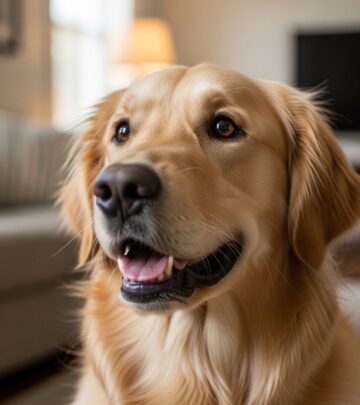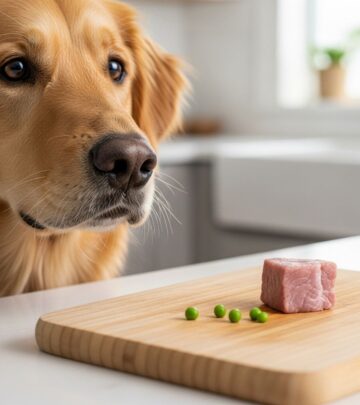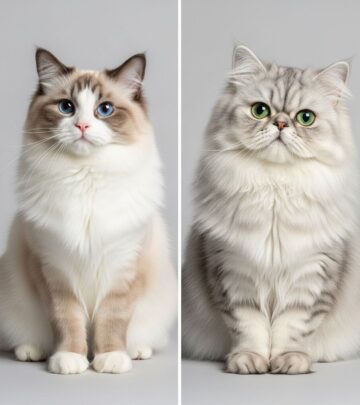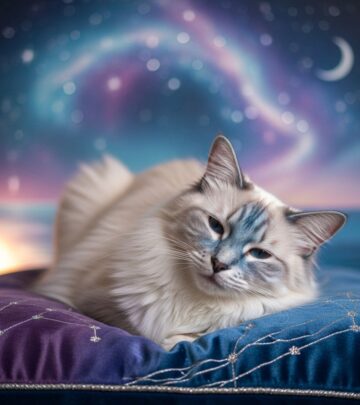What Is a Group of Cats Called? Collective Nouns & Feline Facts
Discover the quirky and traditional names for groups of cats, their origins, and how to use them in everyday language.
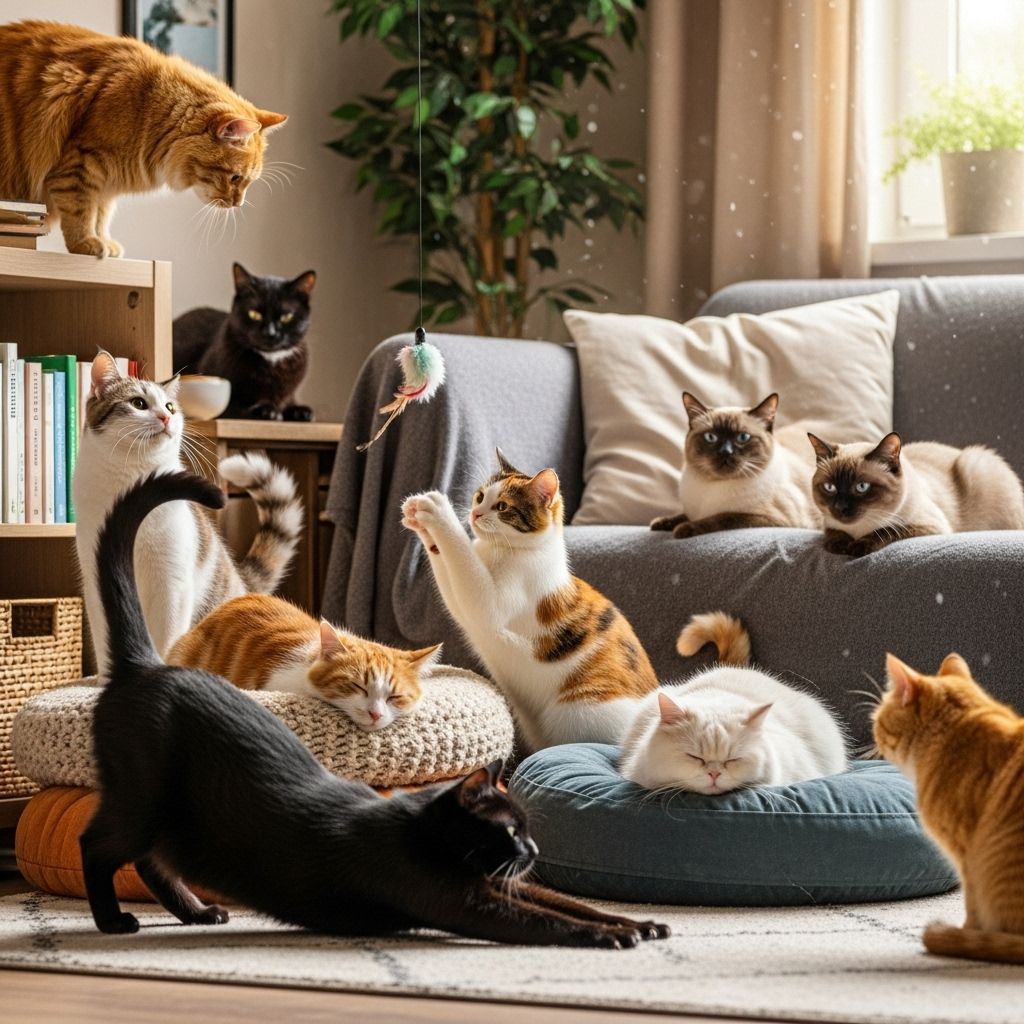
What Is a Group of Cats Called?
If you’ve ever wondered what to call a group of cats, you’re not alone. While “herd” or “pack” might come to mind for other animals, cats have their own unique—and sometimes quirky—collective nouns. The most widely recognized term is clowder, but there are several other options, each with its own history and nuance.
Common Collective Nouns for Cats
- Clowder: The most common and accepted term for a group of cats, especially domestic ones. This word has roots in Old English, evolving from “clott” (meaning lump or mass) to “clot,” “clutter,” and finally “clowder”.
- Glaring: Used particularly when cats are unfamiliar with each other or seem to be regarding each other with suspicion—hence, “glaring”.
- Clutter: Another term that reflects the often chaotic presence of multiple cats in a space, especially when they’re underfoot or vying for attention.
- Cluster: A less common but still valid term, used similarly to “clutter”.
- Destruction: Typically used for groups of wild or feral cats, perhaps reflecting their potential for mischief or the chaos they can cause.
- Nuisance: A humorous or affectionate term, acknowledging the playful trouble cats can get into together.
Special Terms for Kittens and Young Cats
Groups of kittens have their own delightful collective nouns:
- Kindle: The most commonly used term for a group of kittens.
- Litter: Specifically refers to kittens born to the same mother at the same time.
- Intrigue: A playful term highlighting kittens’ curious and mischievous nature.
- Pounce: Especially fitting for energetic, playful young cats.
Origins and Etymology
The word “clowder” traces its roots back to Old English, evolving over centuries from “clott” to “clot,” “clutter,” and finally “clowder”. This linguistic journey reflects how language adapts to cultural and practical needs. Other terms like “glaring” and “destruction” likely arose from observations of cat behavior—cats glaring at each other when wary, or feral cats causing “destruction” in their environment.
These terms are part of a broader tradition of collective nouns in English, many of which date back to the Middle Ages and were popularized by hunting and rural communities.
When Would You Use These Terms?
While “clowder” is the standard term, the choice of collective noun can depend on context and the cats’ behavior:
| Term | Best Used When | Example |
|---|---|---|
| Clowder | General group of domestic cats | “A clowder of cats napped in the sun.” |
| Glaring | Cats are wary or unfamiliar with each other | “A glaring of cats watched each other from a distance.” |
| Clutter | Cats are causing a mess or underfoot | “A clutter of cats followed me into the kitchen.” |
| Destruction | Wild or feral cats causing chaos | “A destruction of feral cats overturned the trash cans.” |
| Kindle | Group of kittens | “A kindle of kittens played with a ball of yarn.” |
Feline Social Behavior and Collective Nouns
Cats are famously independent, which makes their occasional group dynamics all the more interesting. While many cats prefer solitude, those that do form groups—whether due to domestication, shared resources, or maternal care—often display complex social behaviors. Terms like “glaring” hint at the tension that can arise, while “clutter” captures the chaos of multiple cats in a home. The diversity of collective nouns reflects the range of feline personalities and relationships.
Fun Facts About Cat Groups
- Historical Use: Collective nouns for animals date back centuries and were often used in hunting manuals and rural communities.
- Regional Variations: Some terms may be more common in certain English-speaking regions or literary traditions.
- Creative Extensions: There are dozens of playful or poetic collective nouns for animals, not just cats—a “murder” of crows, a “parliament” of owls, etc.
- Language Evolution: Many of these terms have fallen out of everyday use but remain charming relics of linguistic history.
Other Animal Group Names
While this article focuses on cats, the tradition of collective nouns extends to all sorts of animals, often reflecting observed behavior or cultural perceptions:
- Crows: A murder of crows
- Owls: A parliament of owls
- Lions: A pride of lions
- Kangaroos: A mob of kangaroos
These terms add color and specificity to the English language, and learning them can be both fun and educational.
Frequently Asked Questions
What is the most common term for a group of cats?
The most common and widely accepted term is clowder.
Why is a group of cats called a clowder?
The word “clowder” comes from the Old English “clott,” meaning lump or mass, and evolved through “clot” and “clutter” before settling on “clowder”.
Are there different terms for groups of wild cats?
Yes, “destruction” is sometimes used for wild or feral cats, possibly reflecting their potential for mischief.
What do you call a group of kittens?
A group of kittens is most commonly called a kindle or a litter.
Do cats actually live in groups?
While cats are often solitary, domestic cats can and do form social groups, especially when raised together or sharing resources. Feral cats may form colonies for survival.
Are these terms used in everyday English?
Most of these terms are now considered archaic or literary, but they remain a fun part of English vocabulary and are sometimes used for humorous or descriptive effect.
How many cats make a clowder?
There is no strict number, but typically, three or more cats together can be referred to as a clowder.
Conclusion
The English language offers a rich tapestry of collective nouns for cats, from the common “clowder” to the evocative “glaring” and “destruction.” These terms not only add flavor to our descriptions but also reflect the complex and sometimes contradictory nature of feline social behavior. Whether you’re a cat lover, a word nerd, or just curious, knowing these quirky terms can enrich your conversations and deepen your appreciation for one of the world’s most beloved pets.
Read full bio of medha deb


